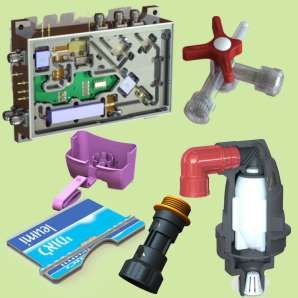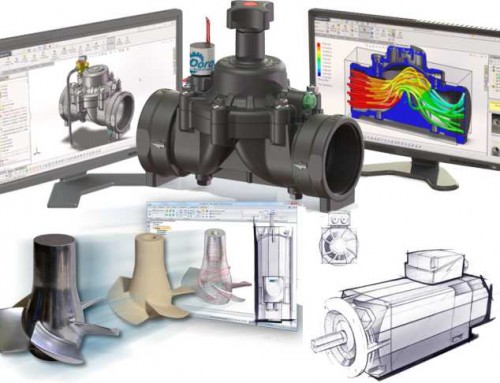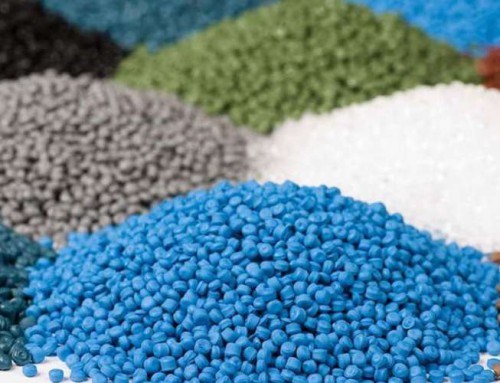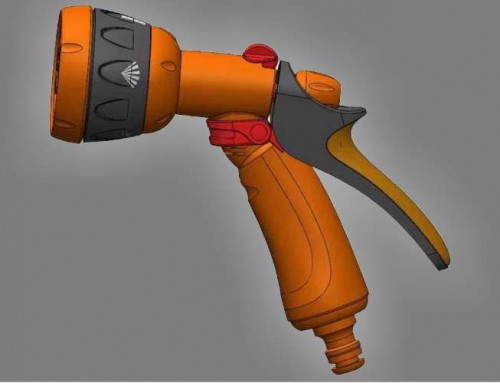Holistic Approach to Design
The Four Principle Elements
There are four principle elements to a successful plastic product:
- Material Selection
- Part Design
- Tooling
- Processing
Typically, product designers are effective part designers but have limited background in the other disciplines. This leads to products which are more expensive than necessary and difficult to manufacture which also increases the cost. Many companies have solved this problem through the use of multidisciplinary design teams. However, team members report that such teams can be dysfunctional, often due to the fact that team members’ schedules are difficult to synchronize or a lack of availability of required skills. Ideally, the part designer would know enough about these other disciplines to be able to design with them in mind. That utopian situation could create the ultimate in efficient product design—the holistic design approac
Product Description
Bottle Cap Example
An example of this type of thinking would be the case of a closure for a bottle containing cosmetics. In order to protect the contents, the closure must seal the opening. Typically, that seal is created with a seal ring or liner which is clamped down with force provided by screw threads, thus creating what is generally known as a bottle cap.
Process & Material Selection
Process selection is simplified because the process of choice for most bottle cap applications is injection molding. Compression and transfer molding are possibilities, however, they are slower than injection molding and are rarely used for thermoplastic materials. Therefore, they would only be considered if the material of choice turned out to be a Thermoset.
In the case of a cosmetic bottle cap, the most extreme temperatures it is likely to encounter will be in transit or washing prior to application. This limits the range to that which is readily accommodated by most thermoplastics without deformation. However, thermal expansion will need to be considered as the cap cannot loosen enough to break the seal at elevated temperatures nor contract enough to crack at low temperatures. Furthermore, it must not fail due to stress relaxation over time nor impart an odor of its own to the contents.
For a cosmetic application, there may also be an appearance requirement of a high-gloss surface. Most importantly, it must withstand the chemical attack of the contents. While resin manufacturers typically perform limited tests (more on this topic will be discussed later) for resistance to various chemical compounds, they cannot do this when the composition of the exposure is a secret such as with a cosmetic.
The manufacturer is expected to conduct such tests privately.
There is another element of material selection for a bottle cap which involves the tool building and processing disciplines. It derives from the fact that the decision must be made as to whether the threads are to be stripped off the core, turned off the core or the core is to be collapsed to permit ejection. The tool for the former will be far less expensive and the mold will operate at a much faster rate of speed. However, the material must be one which is flexible enough to strip off the mold, yet rigid enough to perform its other functions.
The problem is created by the fact that the formation of a thread creates plastic at a point inside the largest diameter of the hardened core as shown in Fig. As the force of ejection pushes on the base of the cap to remove it from the core, it must be flexible enough to expand off the core as illustrated in Fig. The part becomes more rigid as it cools in the mold. Even an essentially rigid material might be successfully ejected from the mold if this function is performed while the part is still soft. However, the part must also be rigid enough to withstand the force of ejection without enduring permanent distortion.
The point at which the cap is cool enough to eject, yet warm enough to strip off the core, will vary according to the means of ejection employed. Ejector pins provide very localized forces at the base of the cap. An ejector plate creates an ejection force which is distributed uniformly across the base of the cap. Therefore the cap can be ejected in a softer condition with the use of a stripper plate.
That results in a cycle reduction on the order of 30%, however, the stripper plate adds a significant increment of cost to the tooling.
The amount of force required to eject the part can also be attained through the use of interrupted threads on the bottle cap. By breaking the continuity of the thread, the amount of material which must be stretched to permit removal of the cap from the mold is significantly reduced.
The determining factor in how deep a thread can be stripped is its strain rate. For the sake of this bottle cap example, it will be presumed that it must be made of acrylic for appearance reasons because this polymer can provide a very high level of gloss. Acrylic is an amorphous thermoplastic with a very low rate of strain. In this case, too low to permit the part to be stripped off the mold. Therefore, the cap would need to be turned off the core of the mold.
In order to turn the part off the core, an unscrewing mechanism must be employed. There are several ways to go about this, however, all of them incur significant additional cost. Furthermore, the space required for the mechanism limits the number of cavities which can be placed within a mold base. If the platens of the molding machine have sufficient space, a larger mold base can be used. However, if the mold was already sized to the limits of the platen, the number of cavities will need to be reduced or a larger molding machine will be required. Either way, fewer bottle caps will be produced with each molding cycle and the machine cost for each cap will be increased, thus reducing the efficiency of the production. The machine cost will also be increased by the longer cycle necessitated by the time required for the unscrewing mechanism to function. Thus, a cap produced in an unscrewing mold will always have a greater machine cost increment than one which is stripped off a core—all other elements being equal. There is another method for producing internal threads which are too rigid to be stripped off a mold. That involves a core mechanism which collapses. Such “collapsing cores” are patented and there is an added cost for this mechanism. Molds utilizing these cores cycle nearly as fast as stripper plate molds and the mechanisms require a moderate amount of additional space. However, these molds are reported to have higher maintenance costs than the other types of molds and are generally thought of as a solution for applications with lower production quantities.
Note that, at this point, the discussion has involved material selection, processing, and tool design with scarcely a mention of part design. That is the whole point of the holistic design concept—that a higher level is achieved when all of these elements are considered simultaneously. The details of the part design are dependent on the decisions reached as a whole. Clearly the thread design will be dependent on the determination of whether the cap is to be turned or stripped off the core or whether a collapsing core is to be used instead.
When appearance is of greater importance than molding efficiency aesthetic requirements may be the determining factor.




















Leave A Comment